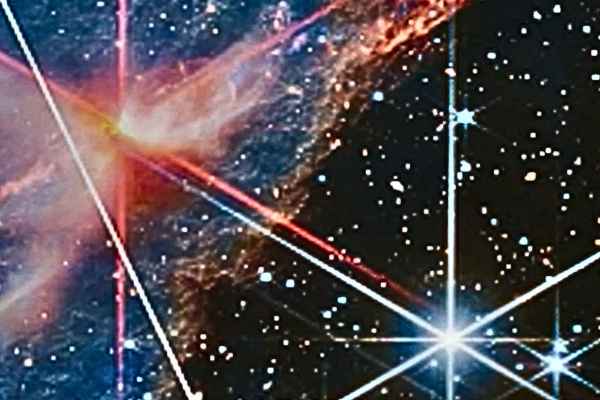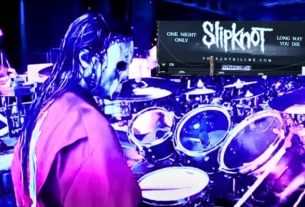We explore the Perseid Meteor Shower 2023, learn about its history, peak times, fascinating facts, and its connection to cultures around the world.
The Perseid Meteor Shower is back, lighting up the night sky with its mesmerizing shooting stars. These shooting stars are created as Earth moves through debris left behind by the Swift-Tuttle comet.
The Show in the Sky
The Perseid meteor shower graces the sky with its bright meteors. Earth’s journey through the Swift-Tuttle remains leads to collisions with our atmosphere, resulting in those breathtaking shooting stars. These tiny fragments, as small as grains of sand or as large as peas, zoom through space at astonishing speeds of up to 134,000 mph (215,000 km/h), leaving behind brilliant streaks of light.
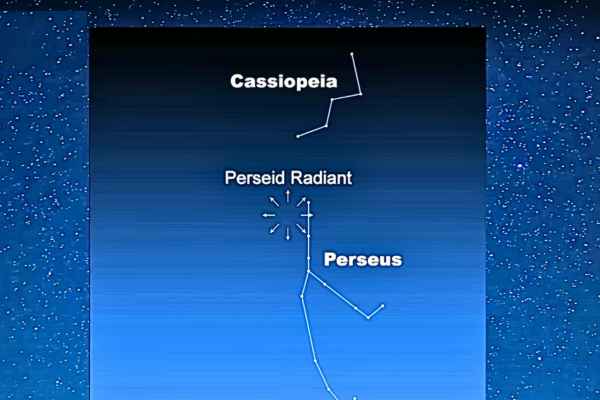
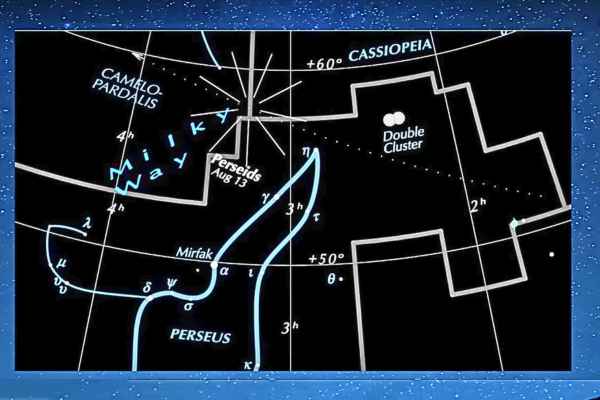
Looking Back in Time
Named after the mythical Greek figure Perseus, this annual meteor shower has enchanted people for generations. Every year, during July and August, the night sky becomes a canvas for these shooting stars. The graceful arcs they trace across the heavens are like nature’s fireworks.
When It Shines Brightest – The Moments of Brilliance
Let’s revisit past Perseid meteor showers:
2023: Active from July 14 to September 1, with the peak on August 13 at 08:00 UT. The moon’s crescent is faint, about 8% visible, and around August 14 at 02:00 UT, Earth might intersect the trail from 69 BCE. The New Moon on August 16 adds to the allure.
2022: Active from July 17 to August 24, the peak shone on August 12–13, although the full moon on August 12 dimmed the display.
2020: Active from July 16 to August 23, it reached its zenith on August 12–13. Surprisingly, the full moon on August 3 didn’t outshine the meteors.
2019: Active from July 17 to August 24, it dazzled on August 12–13, despite a bright full moon on August 15.
… and so on, showcasing the meteor shower’s historical patterns.
Amazing Views Everywhere
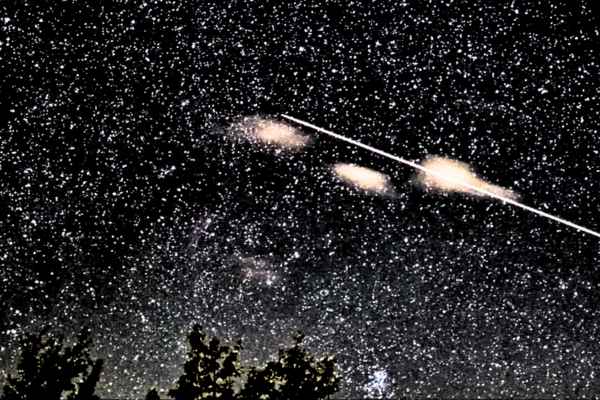
The Perseid Meteor Shower’s allure knows no bounds. Photographer Jay Shah captured stunning images of the event on Oregon’s coast. Using long exposures, he immortalized shooting stars, the Milky Way, and even sparkling bioluminescence, creating enchanting snapshots of the night sky.
Similarly, Joshua Tree National Park became a gathering spot for sky-watchers, inviting them to experience the meteor shower away from urban light pollution. While many flocked to the park, officials recommended alternative viewing sites to preserve the park’s natural beauty.
During 2023, the meteor shower reached its peak brilliance on the night of August 12 and the early hours of August 13, as reported by the Royal Museums Greenwich. If you didn’t manage to see it, don’t worry – you can still spot Perseids until the end of this month.
Frequently Asked Questions
Q1. What causes the Perseid meteor shower?
A. Shooting stars emerge when fragments from the Swift-Tuttle comet collide with Earth’s atmosphere.
Q2. When does the Perseid meteor shower occur?
A. The meteor shower graces the skies between July and August each year, with varying peak times.
Q3. Why is it named the Perseid meteor shower?
A. It takes its name from the constellation Perseus, which is linked to Greek mythology.
Q4. Is the Perseid meteor shower dangerous?
A. No need to worry – shooting stars burn up before reaching the Earth’s surface.
Q5. What makes the Perseid meteor shower special?
A. Its brightness and activity level make it a favorite among sky-watchers.
History and Connections
The Perseid meteor shower is historically and culturally important. Some call it the “tears of Saint Lawrence,” falling on August 10, the day he became a saint. The legend says these shooting stars are sparks from his martyrdom when he was burned on a metal gridiron. The belief that cooled ashes show up under plants during the night of August 9 to 10, called the “coal of Saint Lawrence,” links the meteor shower to this tale.
The shift from pagan gods to celebrating the saint’s day on August 10 was helped by the phonetic similarity between the saint’s name, Laurentius, and Larentia.
In 1836, Adolphe Quetelet noticed a higher frequency of these meteors in August, around the 8th to the 15th. Other astronomers confirmed his observation on August 10, 1837, although they missed the meteor shower due to unfavorable weather conditions.
In 1866, Italian astronomer Giovanni Virginio Schiaparelli established the link between Meteor Showers and Comets. This breakthrough came after Swift-Tuttle‘s 1862 Perihelion passage and was shared through correspondence with Angelo Secchi.
Famous in Culture
The Perseid Meteor Shower isn’t only about the Sky – it’s also part of stories and popular media. In Thomas Pynchon‘s novel “Against the Day,” characters watch the meteor shower after playing cards. In the TV show “Curious George,” characters search for Perseids, thinking they resemble purses. The meteor shower also plays a role in the show’s storyline.
Awesome Facts and More
The Perseid meteor shower offers more than just a beautiful light show. The 2023 peak aligns with a New Moon on August 16, enhancing visibility. The speed of meteoroids, reaching up to 134,000 mph, adds to the marvel. Moreover, its name pays homage to the legendary figure Perseus, weaving mythology into the event.
Cultural Connections and Worldwide Observations
The Perseid meteor shower holds cultural significance across the globe. Some view it as a symbol of renewal or an opportunity to make wishes upon falling stars. In Japan, it’s associated with the “Star Festival” or Tanabata, where people pen their wishes on paper and tie them to bamboo trees. Indigenous communities have their interpretations, connecting the celestial phenomenon to their heritage and beliefs.
The Grand Finale
The 2023 Perseid meteor shower has once again left us in awe, reminding us of the universe’s breathtaking splendor. As shooting stars illuminated the night sky, people everywhere marveled at the wonder of nature. From Oregon’s coast to national parks, individuals gathered to witness this awe-inspiring display, reinforcing the importance of preserving our natural treasures. Anticipation grows for next year’s meteor shower, a celebration of the cosmos and a commitment to preserving its brilliance. With a rich history, cultural connections, and enduring charm, the Perseid meteor shower continues to captivate and inspire us all.

